
Cats are everywhere, so what are the best things about owning a cat? There’s such a huge variety between the breeds, and every cat has its own personality. However, there are some shared feline characteristics that can’t fail to appeal. Not only as companions and household pets but also therapeutically, with astonishing benefits to both our physical and mental health.
Let’s take a look at some of the best things about owning a cat.
32 best things about owning a cat
1. Cats are a low-maintenance pet
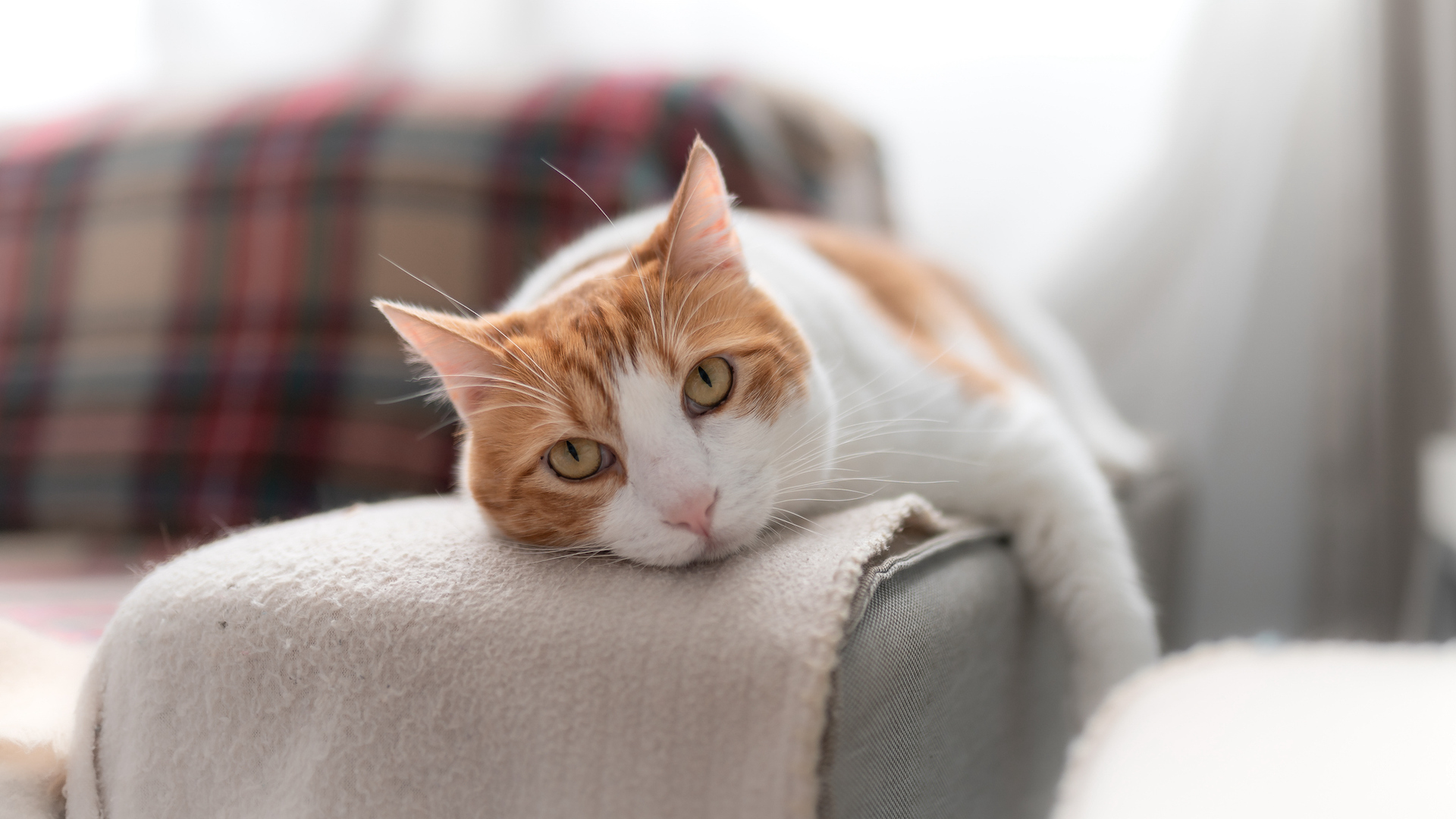
Especially when compared with dogs, cats make our lives easy. They don’t require exercising and are usually independent – sometimes to the point of aloofness.
2. Cats lower stress
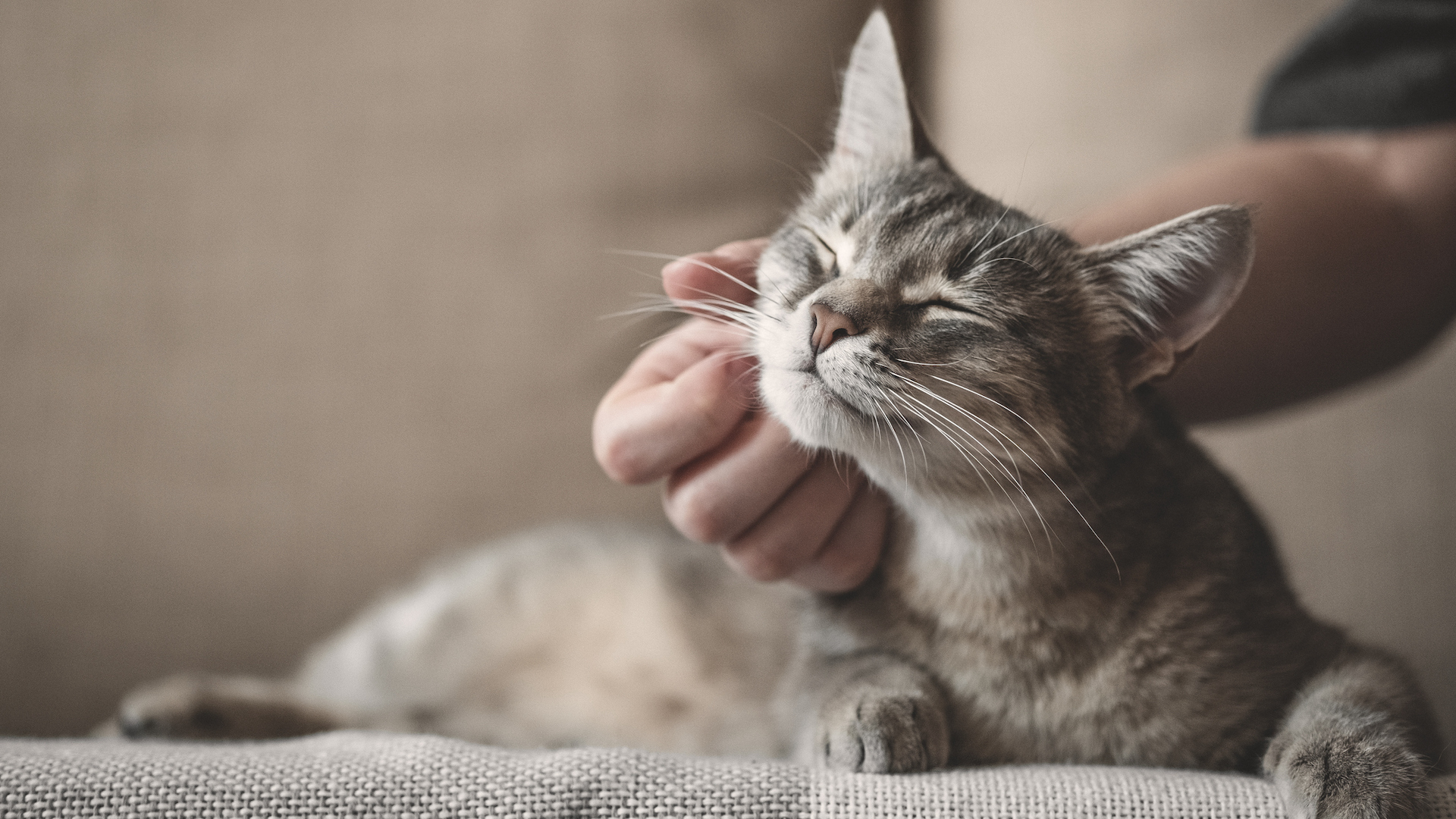
Stroking pets makes us release oxytocin, which reduces cortisol and can help us to feel less anxious. And a cat trumps all other pets in this regard, with their abundant furry coats being particularly soothing.
3. A cat’s purr
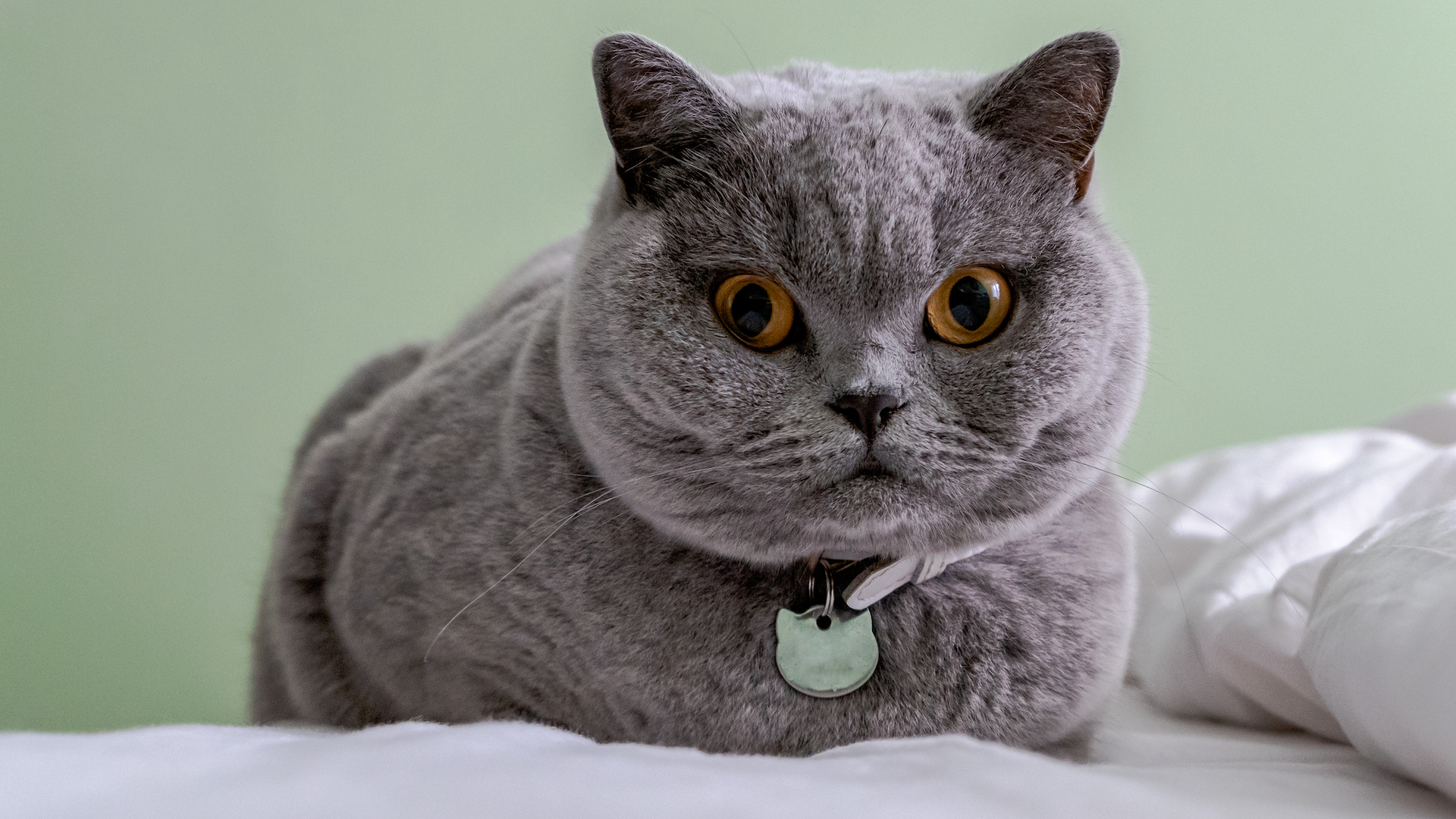
Wondering; why do cats purr? Extraordinarily, the purr has benefits for humans too. Not only does it soothe us, reduce anxiety, and make us feel happy, but its particular frequency of vibrations can increase bone density and reduce stress by relaxing our muscles. Wow.
4. Mental health benefits

So many aspects of cat ownership help to reduce stress, from the sensation of stroking them to their therapeutic purr to the sense of purpose they give us in our daily life – without overwhelming us with responsibility.
5. Rodent control
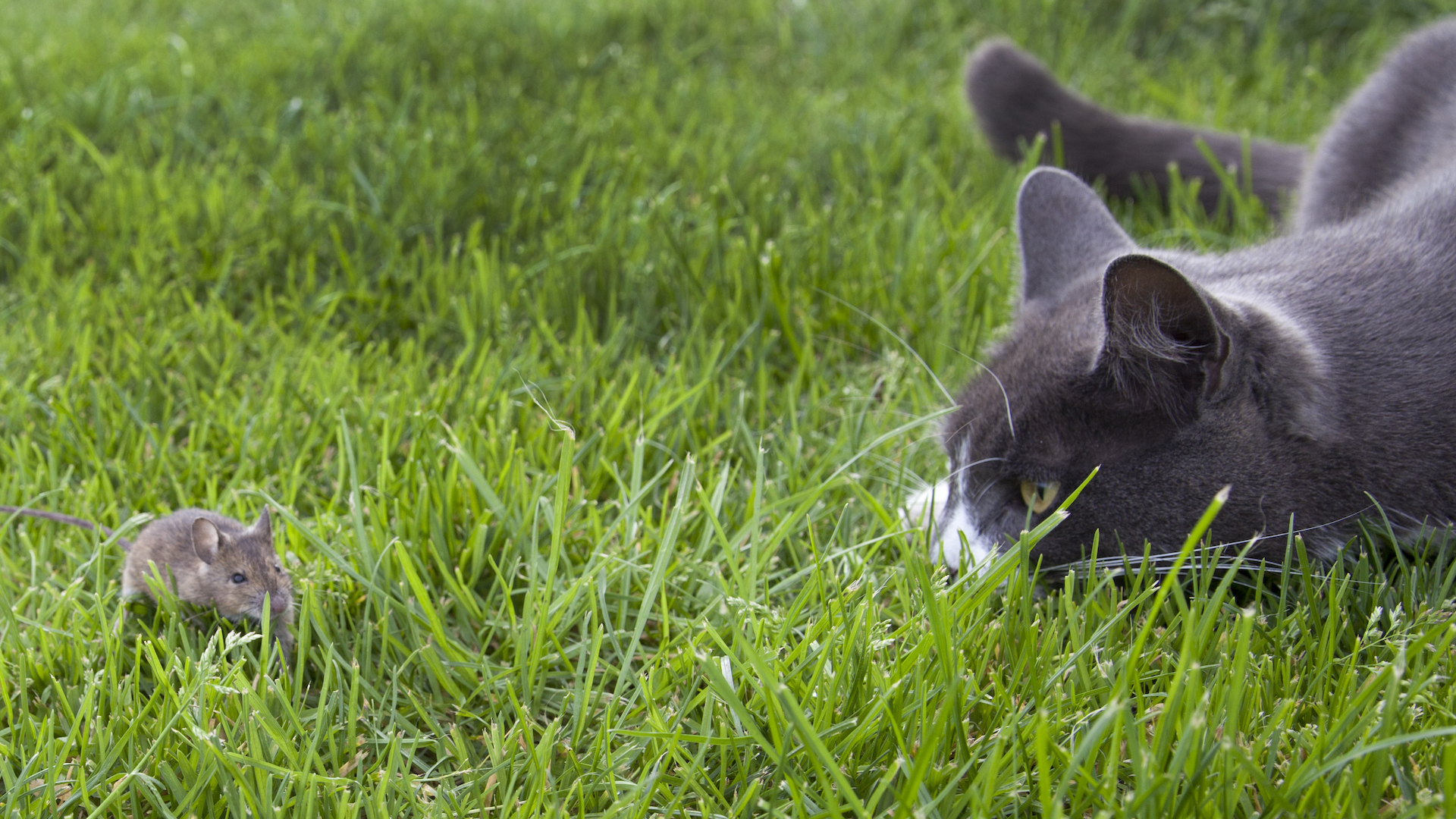
Cats are superb mousers. They are natural-born killers and have a predatory instinct to hunt down small animals such as mice and rats, and even insects in the home. Many people have a cat for just this purpose.
6. A peaceful pet
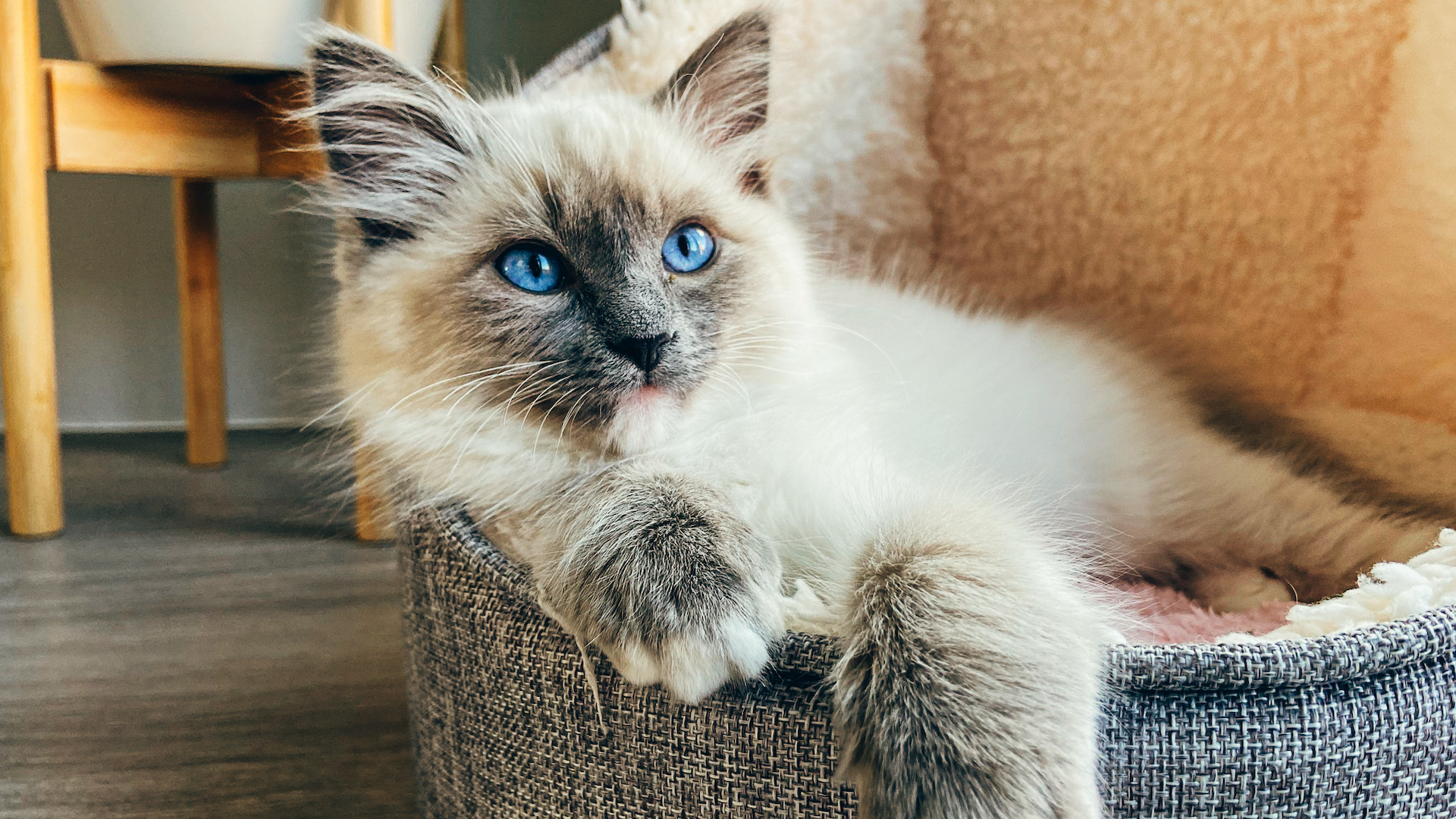
Yes, cats can be fairly vocal in their communication, but it’s mostly at a fairly low level – compare a meow to a bark. Bar a crazy few minutes of self-exercise maybe once a day, they like to sleep a lot.
7. You don’t need to stay at home all day
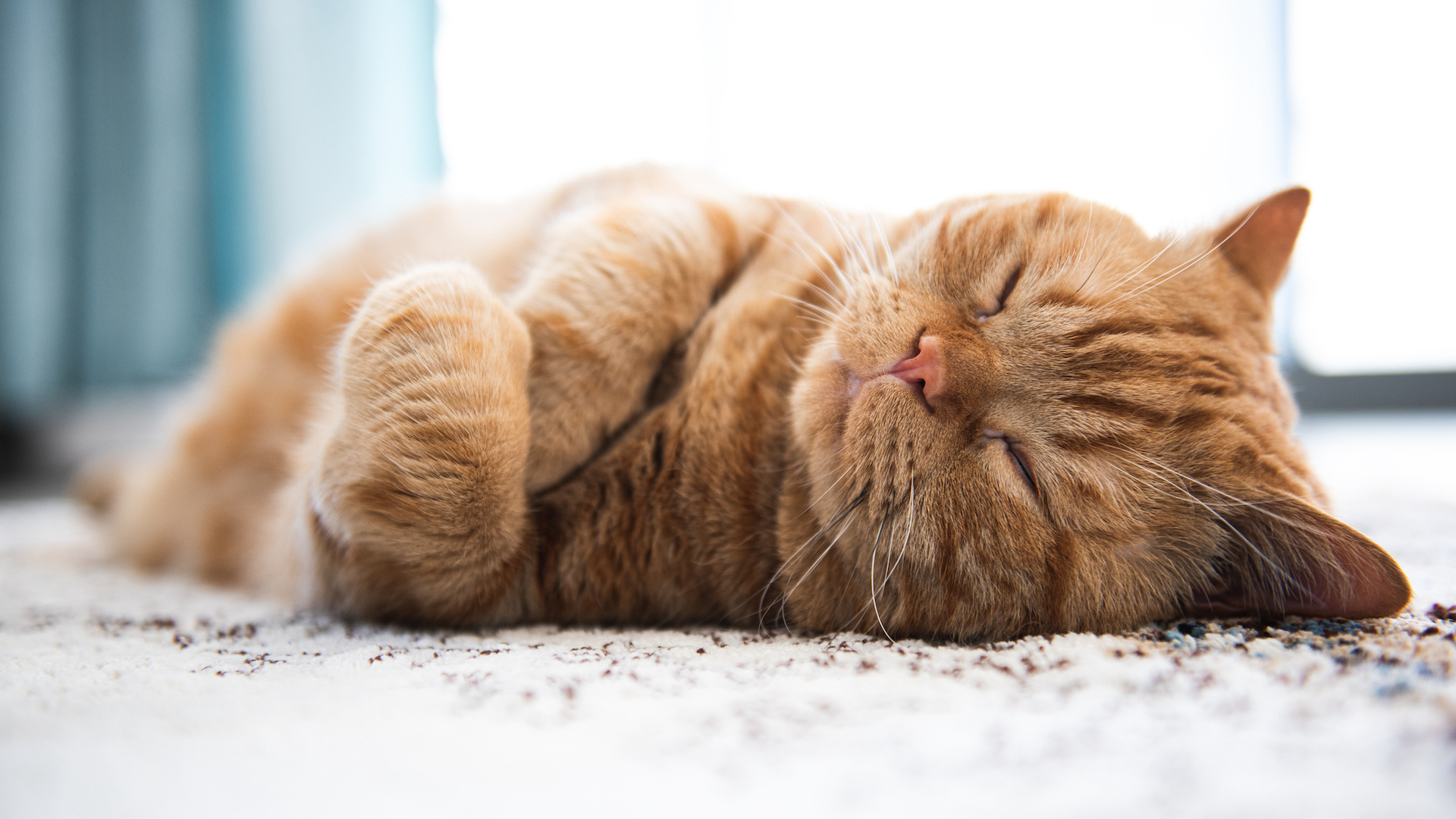
Cats tend to sleep for most of the day, while you’re out at work, as they are crepuscular, meaning they are most active at dawn and dusk. Happily for cat owners, this is the time that humans are most likely to be at home. And anyway, you probably need a cat’s companionship more than he needs yours.
8. They are relatively long-lived

Compared to many domestic pets, such as hamsters, guinea pigs and rabbits, at an average of 13-14 years, cats live for a decent chunk of a human life, and some even last until they are 20. The oldest recorded cat, Creme Puff, died at the age of 38.
9. Prevent allergies
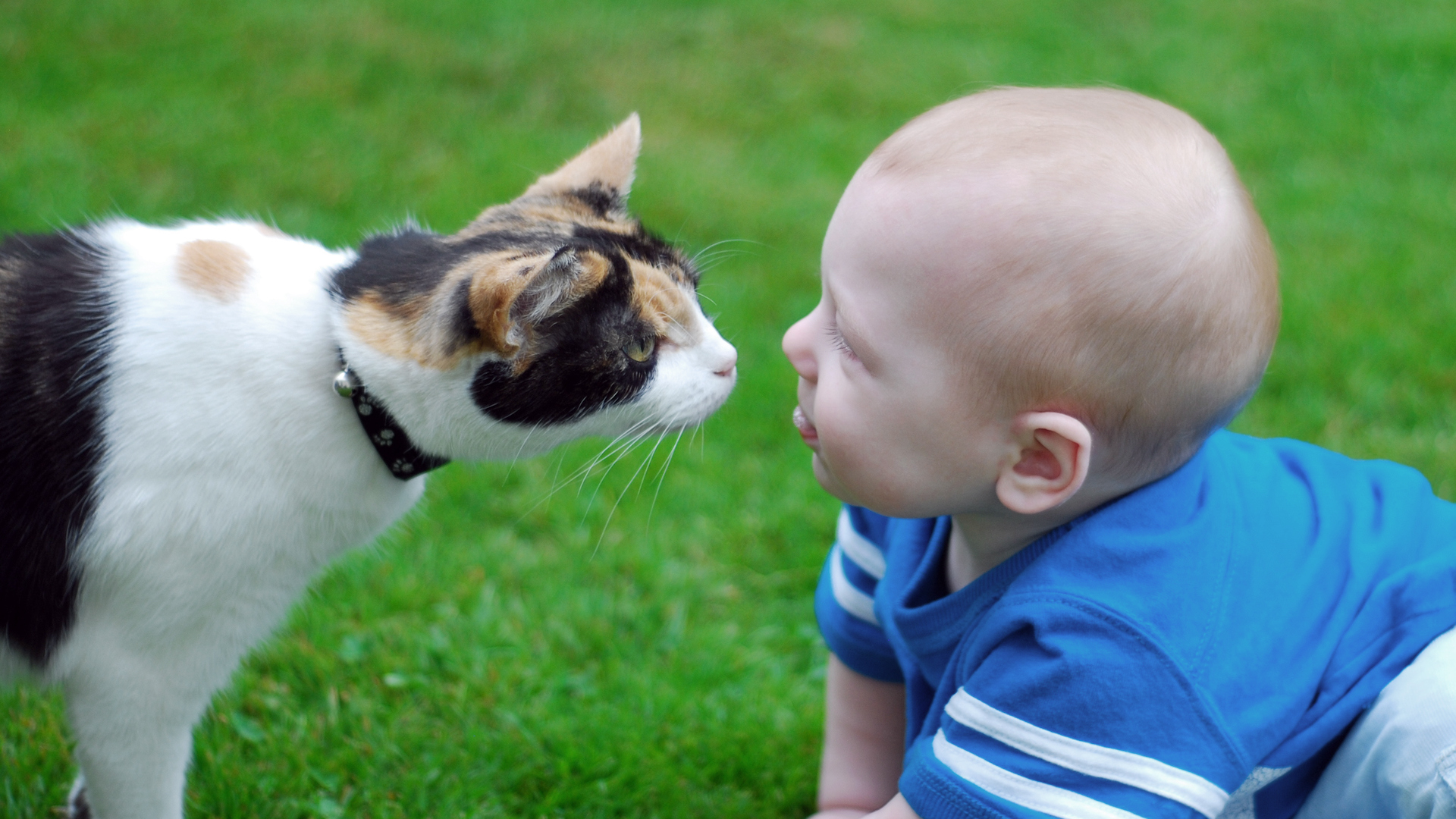
Given that cat allergies are the most common indoor allergy after house dust mites, this may come as a surprise. However, studies such as this one from the National Library of Medicine show that if a child is exposed in early life to cats, their immune system is more likely to overcome cat allergies and asthma.
10. Boost heart health

Thanks to cats being associated with the reduction of stress and blood pressure, several studies, such as this 2009 paper from the Journal of Vascular and Interventional Neurology, have shown that they are also connected to a significantly reduced risk of cardiovascular disease.
11. Playtime
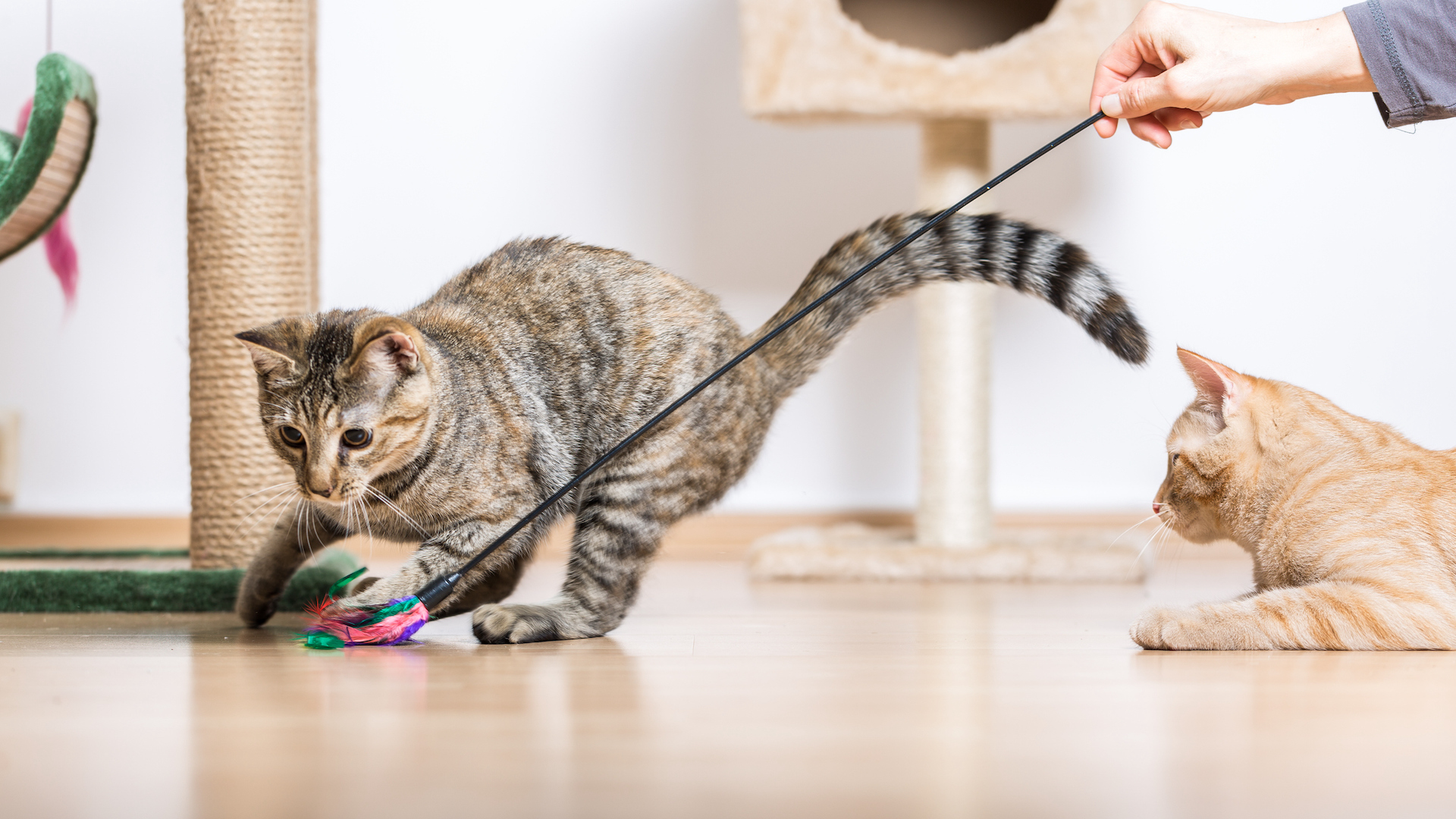
Cats might not be as needy as some other pets, but they do love to play. Find your inner child by blowing bubbles, playing hide-and-seek or setting up an edible treasure hunt.
12. Kittens
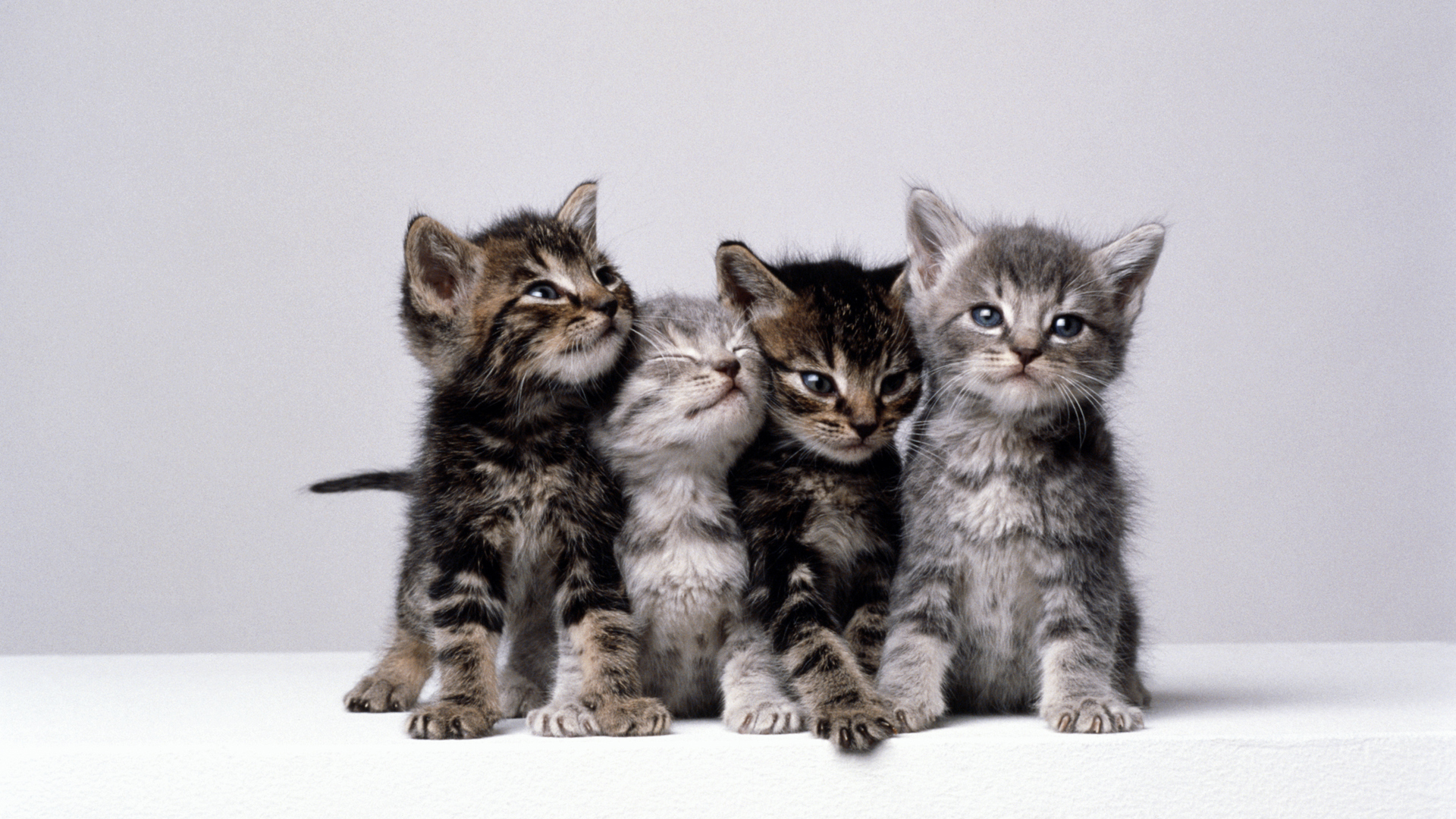
Even if you’re “not a cat person”, you’d need a strong will to meet a litter of kittens and not want to take one home. So what stimulates this cute reflex? Studies show that we seek out the tactile sensation of their soft fur, as well as being neurologically wired to want to nurture baby animals.
13. Cats come in all shapes and sizes
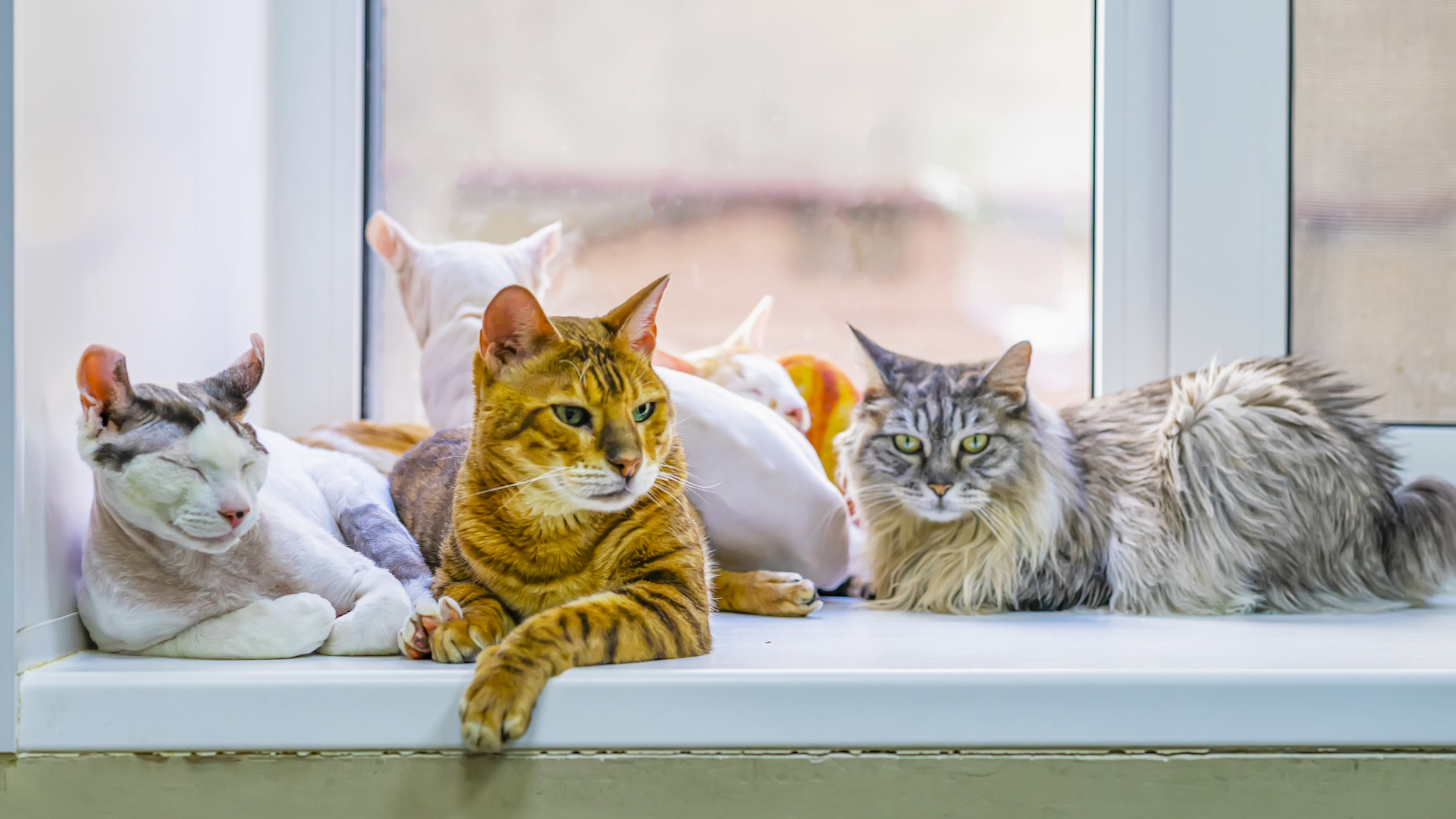
From tiny Singapuras to huge Maine Coons, from Hairless Sphynxes to fluffy Persians, the pretty blue-eyed Birmans to the weird and wonderful Elf Cats, there are felines to suit every taste.
14. Cat owners are smarter

A study carried out at Carroll University, Wisconsin, found that cat owners were more intelligent than dog owners! Whether the cat made them smarter, or smart people get cats, who knows?
15. Sneaky sleepers
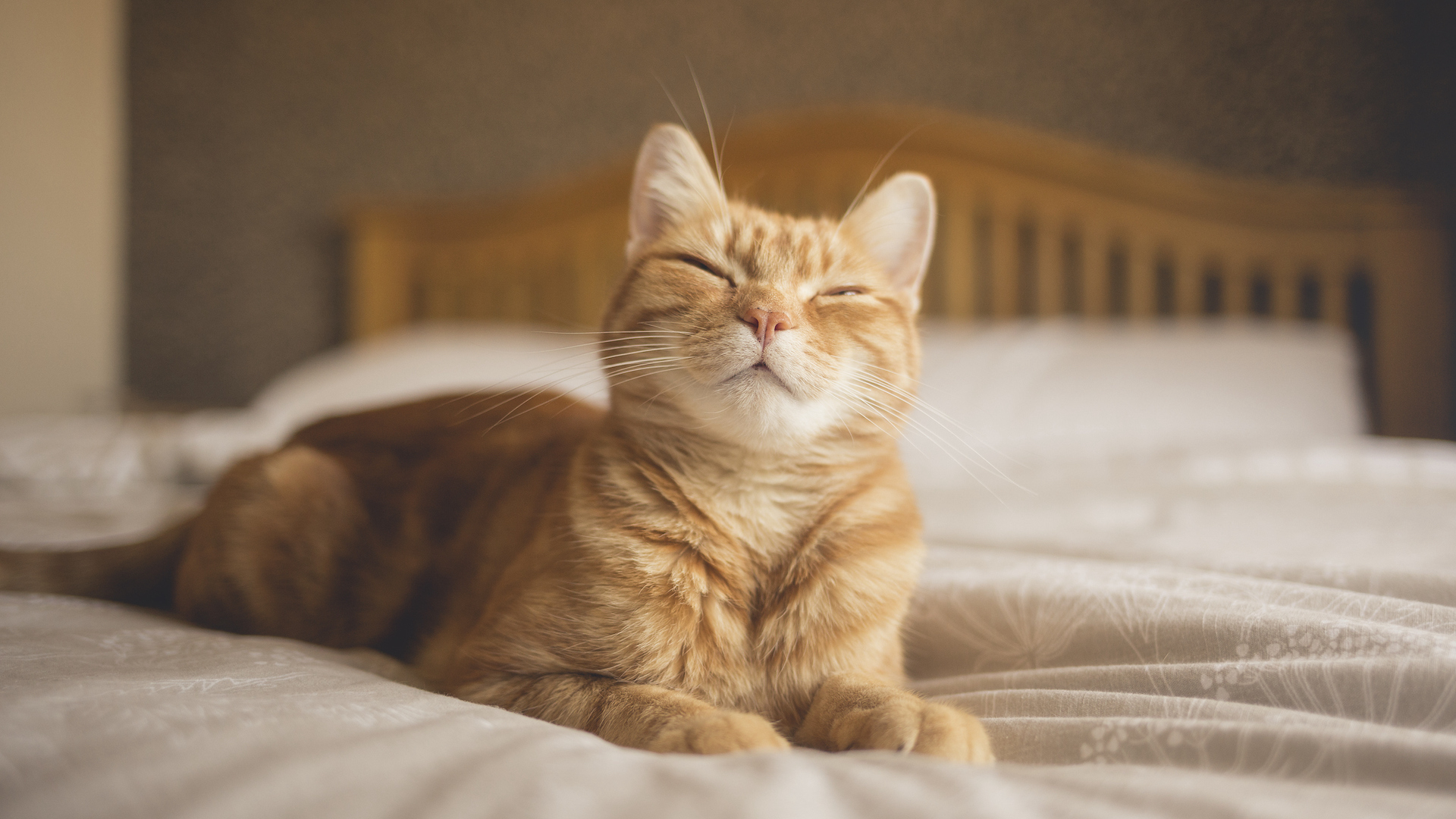
Cats may look like they sleep all day, but they’re actually constantly on the prowl for prey, even when they’re napping. They are able to tap into both their auditory and olfactory senses while asleep, making them ready to pounce on any unsuspecting victim.
16. The boost to your social media likes

Cats are extremely photogenic, and they know how to sit still, unlike some other popular domestic pets. With their expressive eyes and bodies, cats tap into human emotions, so they work brilliantly both for funny memes and beautiful portraits. Some famous felines have enormous social media followings.
17. Kids’ development
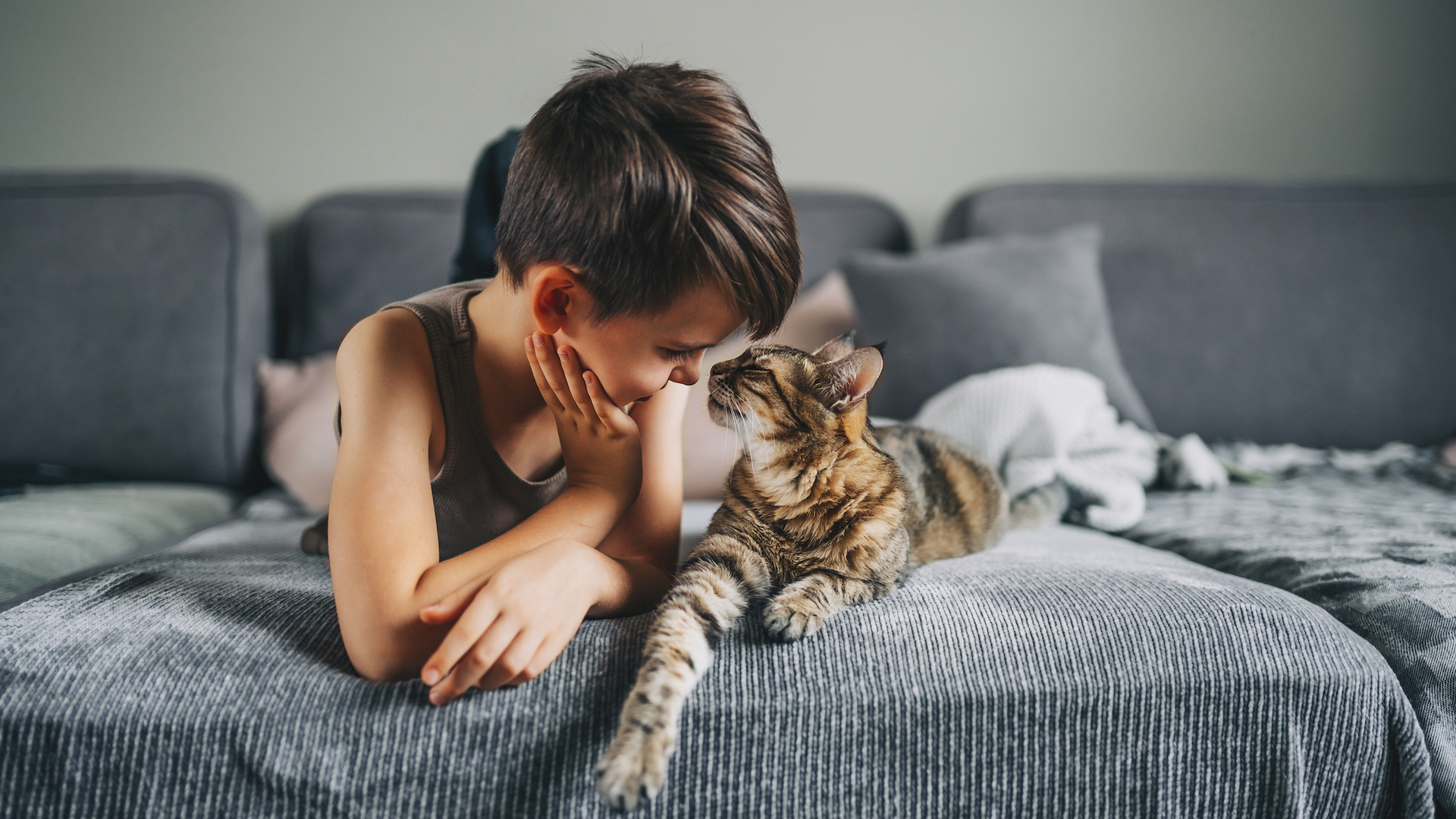
Pets are brilliant for helping children develop social skills and a sense of responsibility. They teach kids monumental lessons such as the circle of life, calmness, empathy, biology, patience, love and companionship, as well as helping reduce stress and being fabulous entertainers.
18. No need for a mansion

Cats don’t need a vast house and garden. In fact, some cats never go outside at all. Cats can thrive in a small apartment, and they’re also typically more welcome than dogs because they don’t bark every time someone walks past the door (don’t mention their yowling abilities).
19. Time
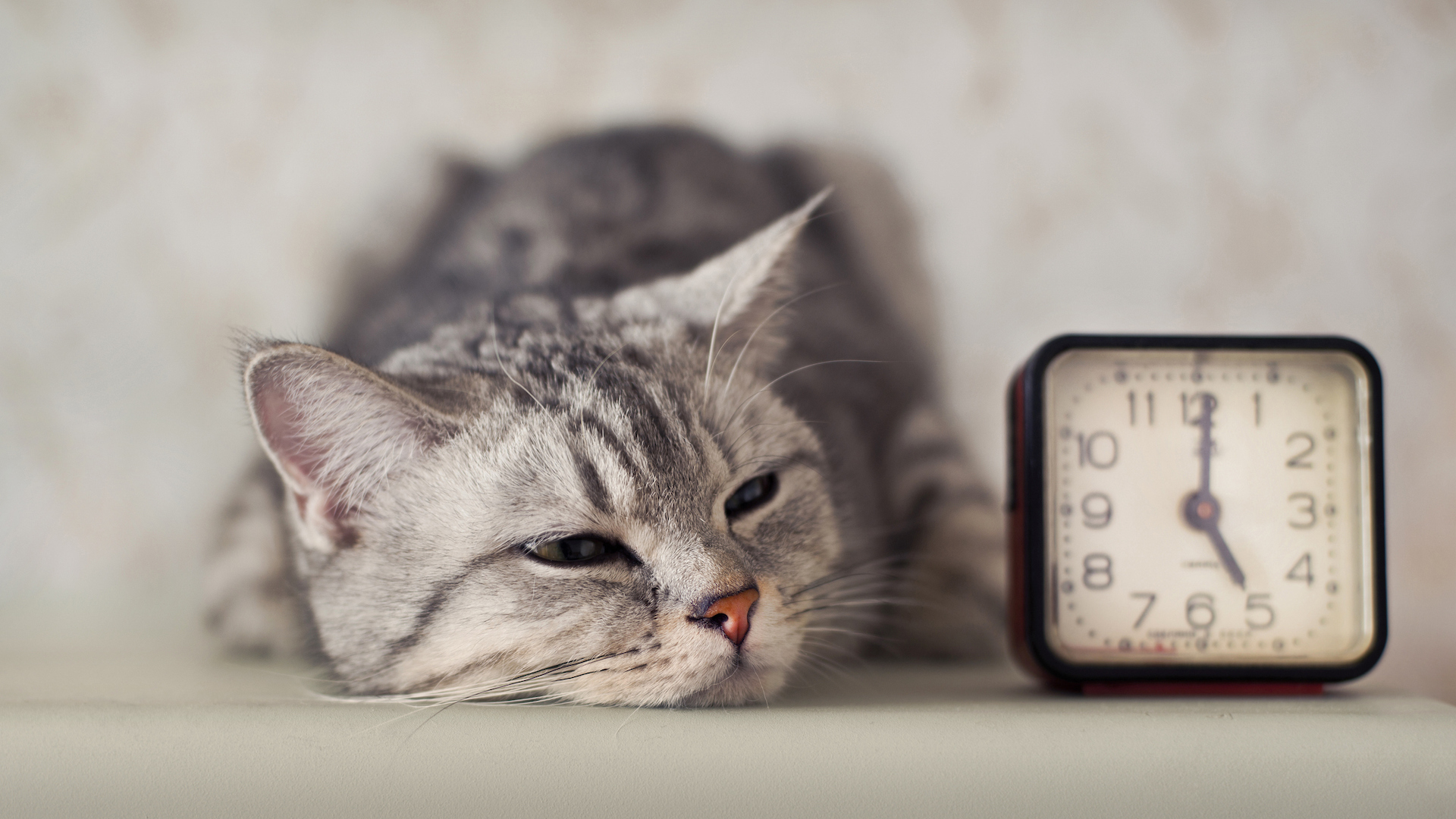
Cats aren’t too demanding on your time. Yes, they interrupt you when you’re working or on the phone. They love playtime. But they don’t require a two-hour walk every day, just a short amount of play and then “please leave me alone now”.
20. Naturally hygienic
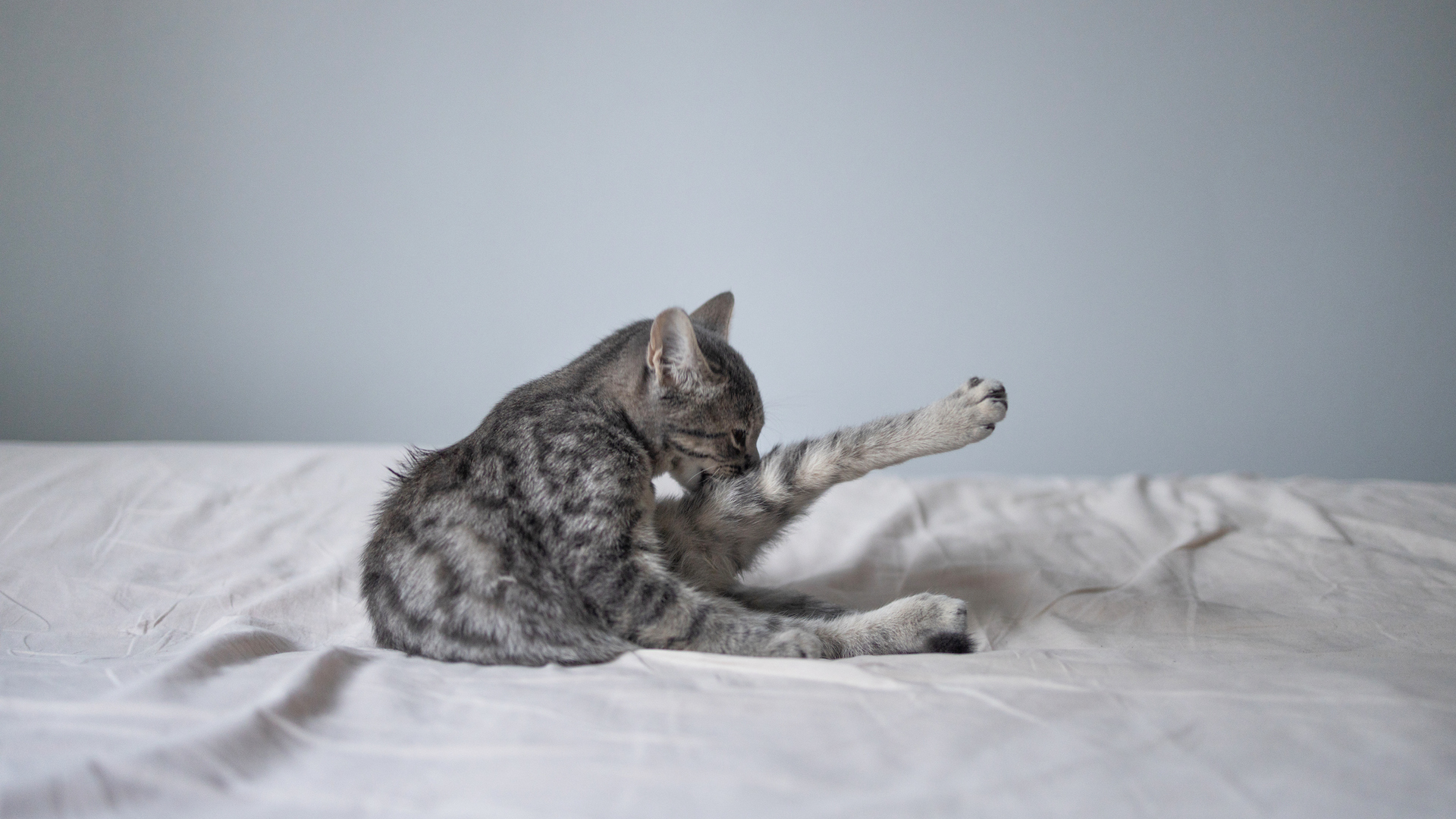
Cats are by their nature very clean, and they fastidiously groom themselves with their barbed and very effective tongue, which has a form of antiseptic within the saliva. They are also typically easy to train to use a litter tray, in fact, their mom will usually teach them to use it.
21. Cats smell good

If you ever bury your nose deep into a cat’s soft fur, you’ll know how good they smell; sort of musky and sweet. They groom themselves meticulously, and their barbed tongue gets rid of the smells of their food trapped in their fur and whiskers (ostensibly to stop them being sniffed out by predators, however little this applies to your average house cat). The grooming also spreads their natural oils over their coat, helping them to stay silky and pleasantly scented.
22. Polite eating and drinking habits
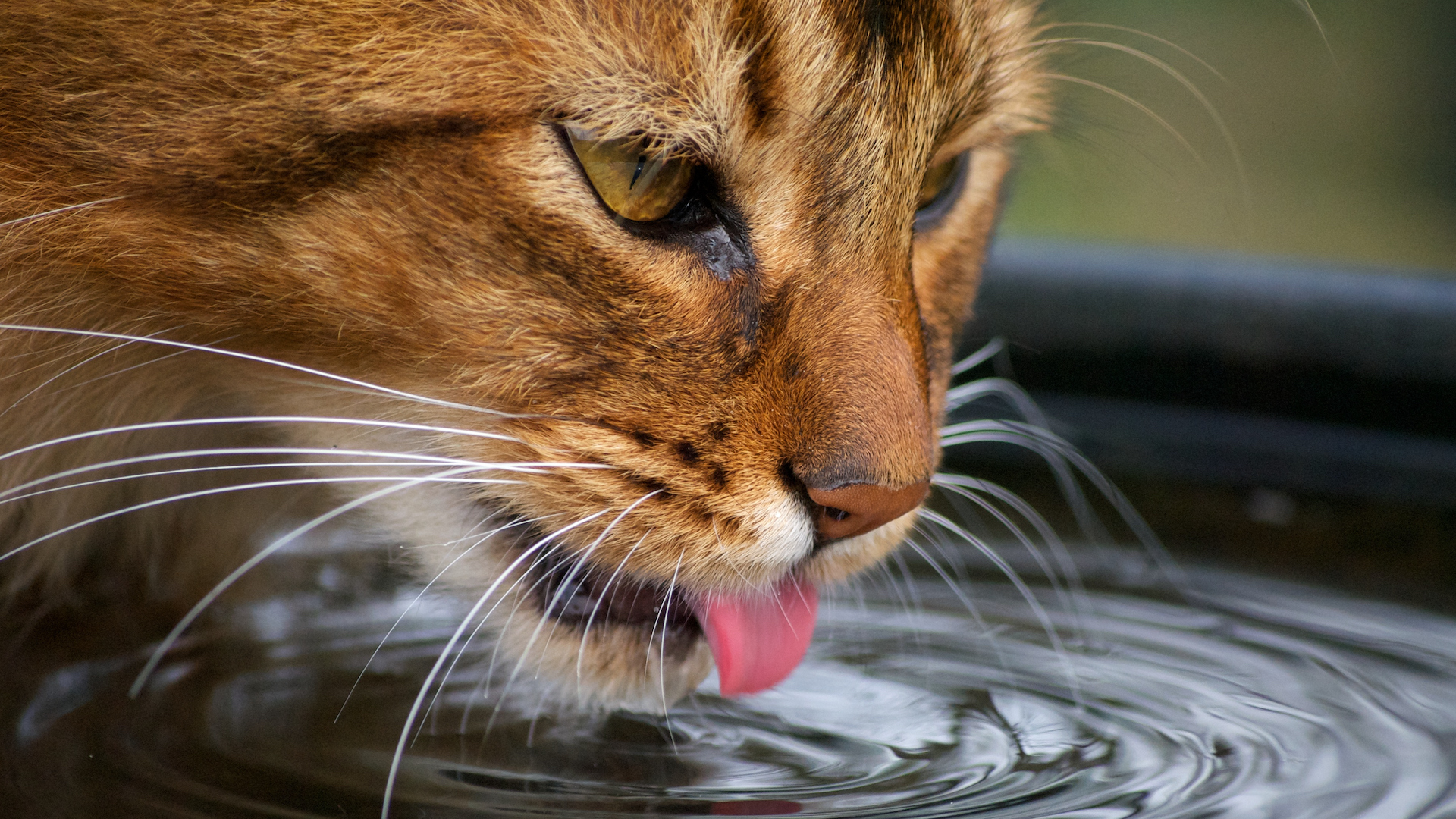
It’s beneath a cat to guzzle their food or slurp their drink. They tend to sip gently, and eat selectively. If you are among the fifth of the population who is disgusted by the sounds of chewing and related sounds, a cat is the perfect pet.
23. Economical on space
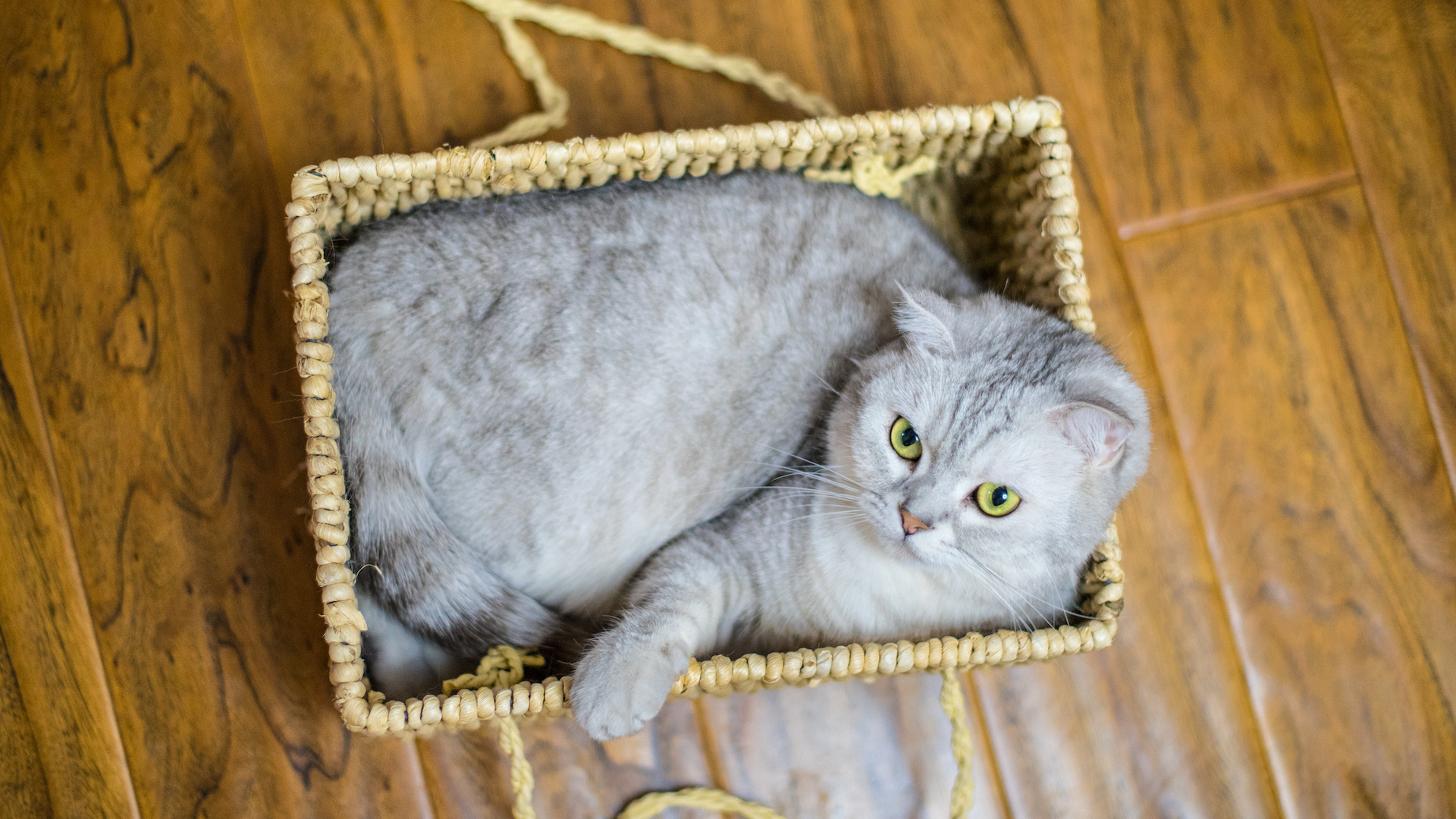
Cats are neat creatures who don’t take up loads of space. Yes, they love a stretch, but they are very partial to a tiny box, love curling into a tidy ball, and they won’t monopolize the couch.
24. Financially sensible

Owning any pet is a big responsibility, especially on the finances. However cats have much lower running costs than dogs, requiring less food, one scratching post will suffice for a toy, and you don’t need to shell out for a dog-walker.
25. Personal space

Call them aloof, but sometimes a cat’s sense of protecting their personal space is an asset. We can’t always give our pets constant attention, we don’t want to play games all day long – sometimes we just want to get home and chill, with just a gentle purr nearby to soothe us.
26. Feline balance
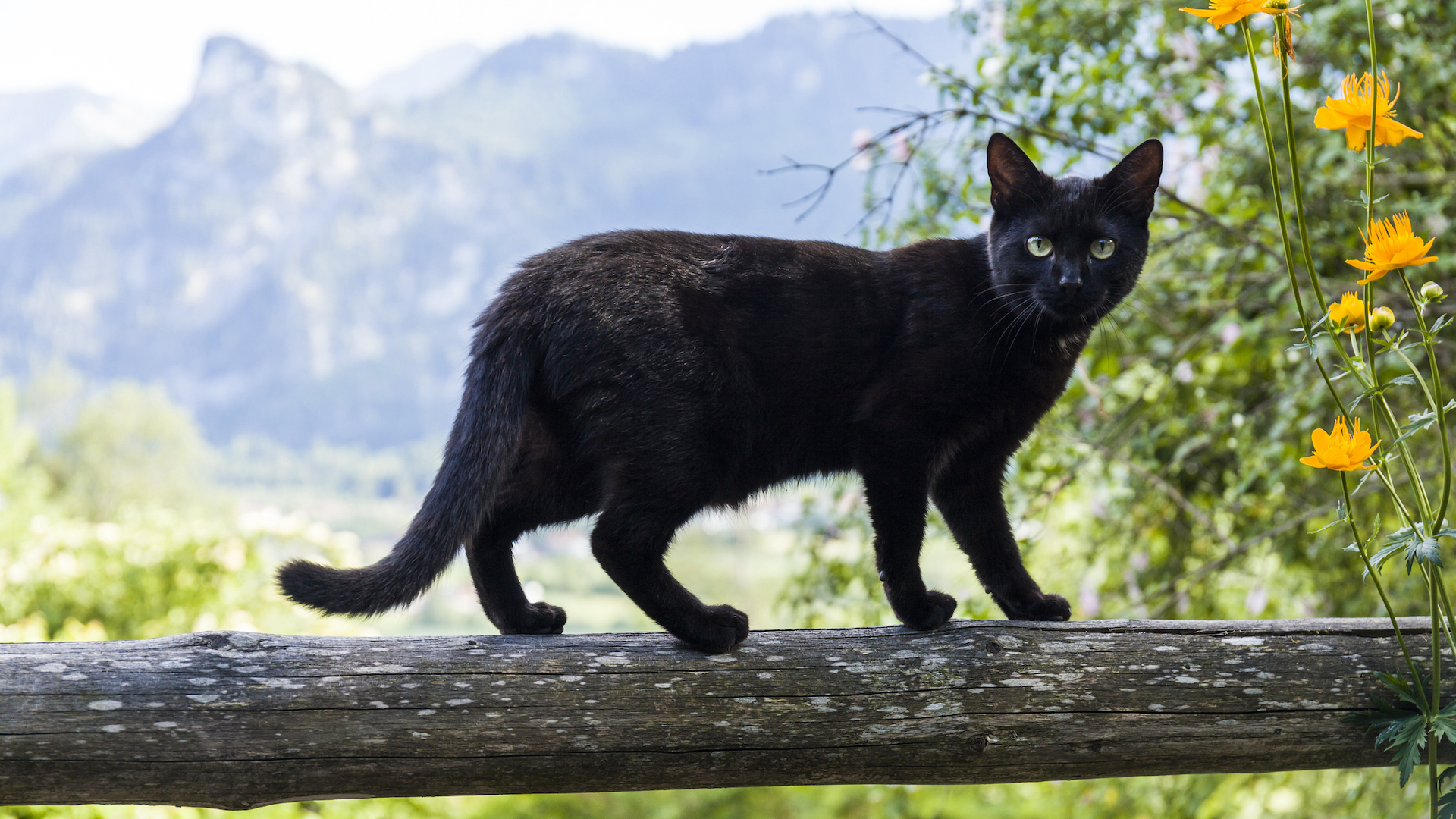
Watch a cat walk along a wall or even a narrow railing, and marvel. The idea that their balance is thanks to their whiskers is an old wives’ tale and it likely has more to do with their incredibly flexible back, which allows them to twist and land on their feet should they fall. The tail, too, helps align the body and acts as a balancing stick. Plus the vestibular apparatus in their ears works in tandem with their eyes to give them their superb balance.
27. Cats have nine lives
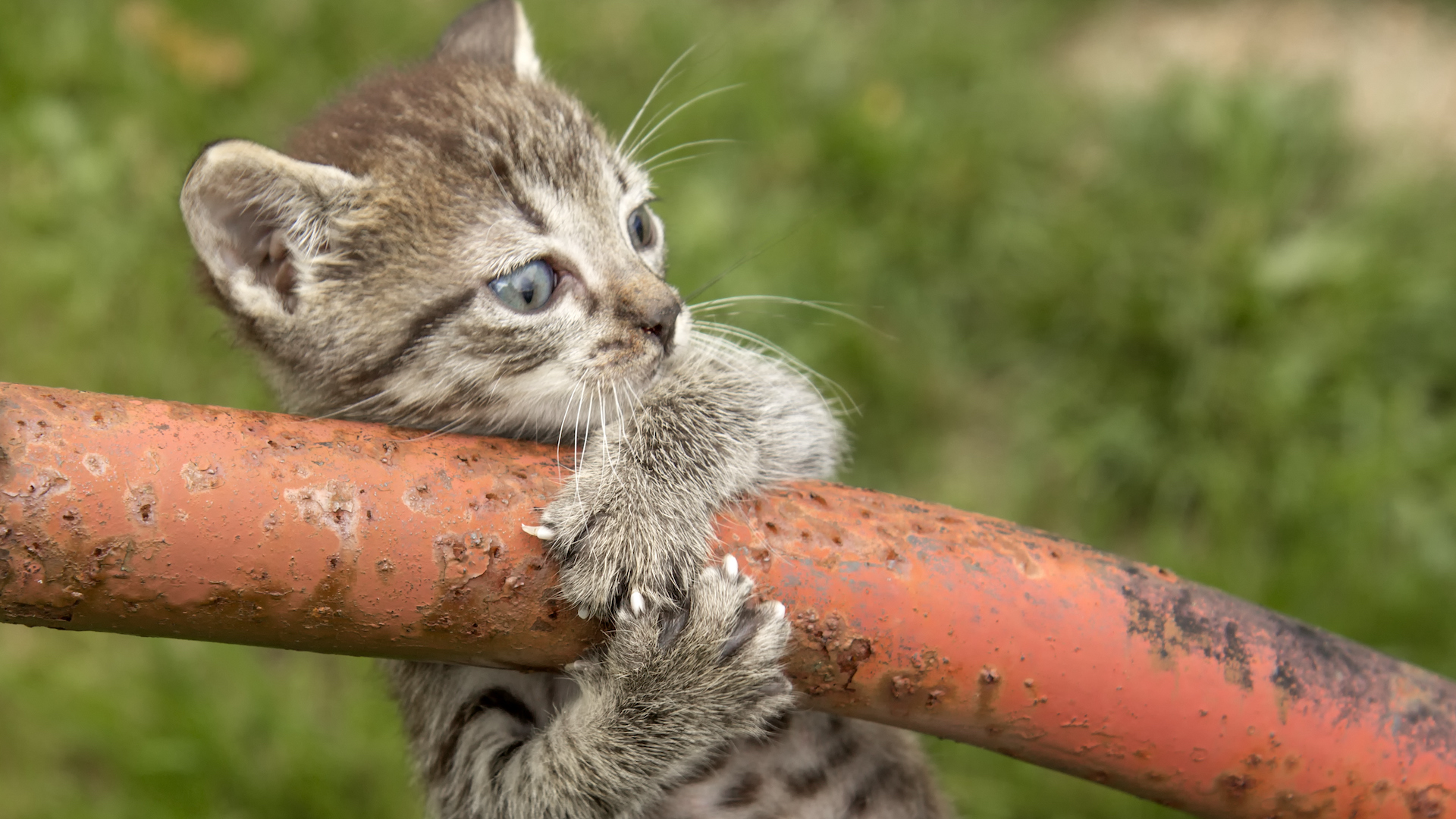
If only this were true! The medieval proverb states: “A cat has nine lives. For three he plays, for three he strays and for the last three he stays”. This is probably due to their mythical status in ancient civilizations, and also the fact that we see them fall off a high wall or out of a tree and magically twist and land on their feet. Alas, however resilient and nimble they are, they are not indestructible.
28. Daredevil nature
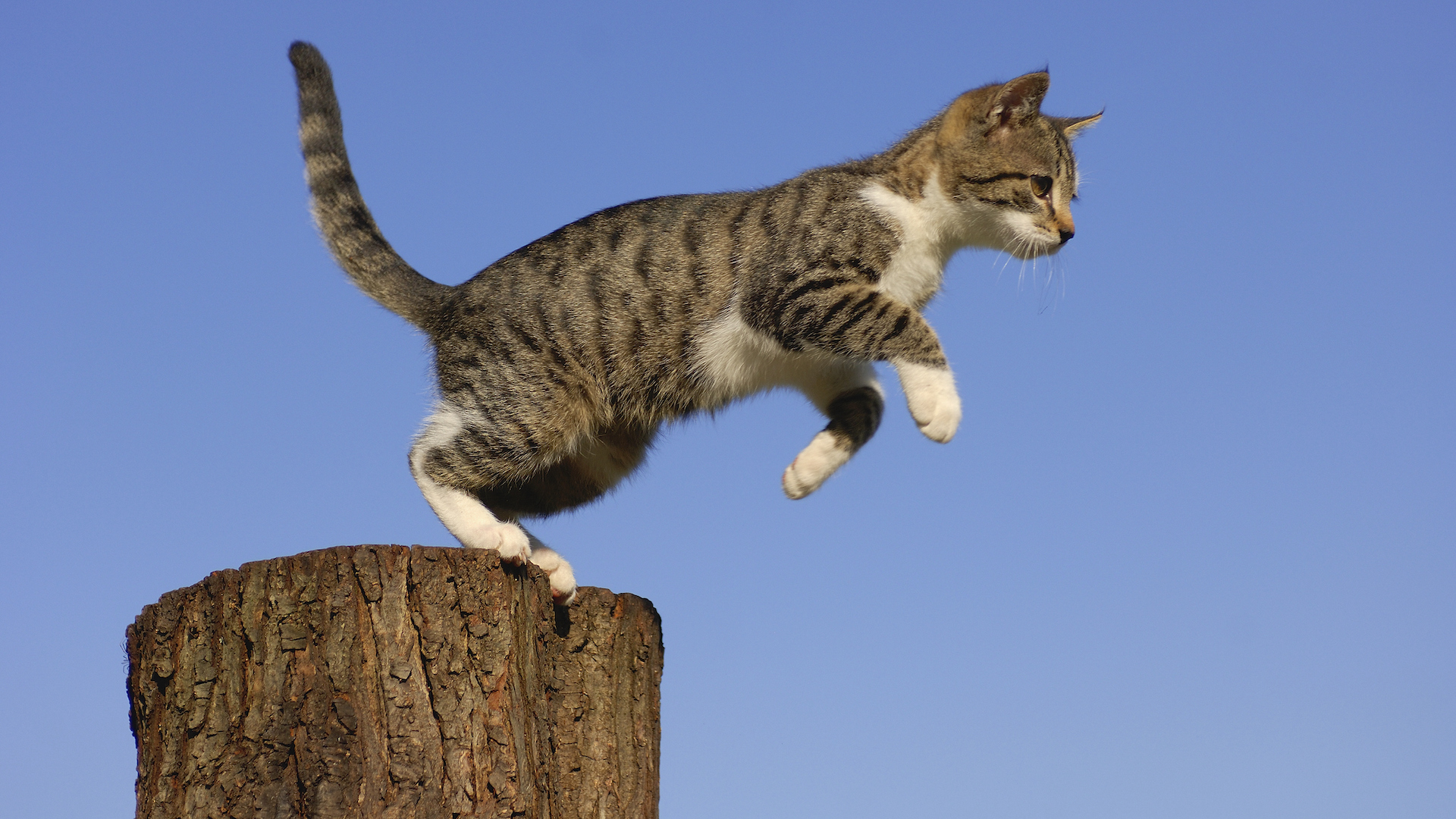
Enjoy the sight of a cat walking along a railing, running up a tree, weaving in and out of traffic, jumping off walls, pouncing on unsuspecting victims, this is an animal that knows how to get its thrills and is pretty confident of its abilities. The stuntman of the animal kingdom.
29. The cat’s whiskers
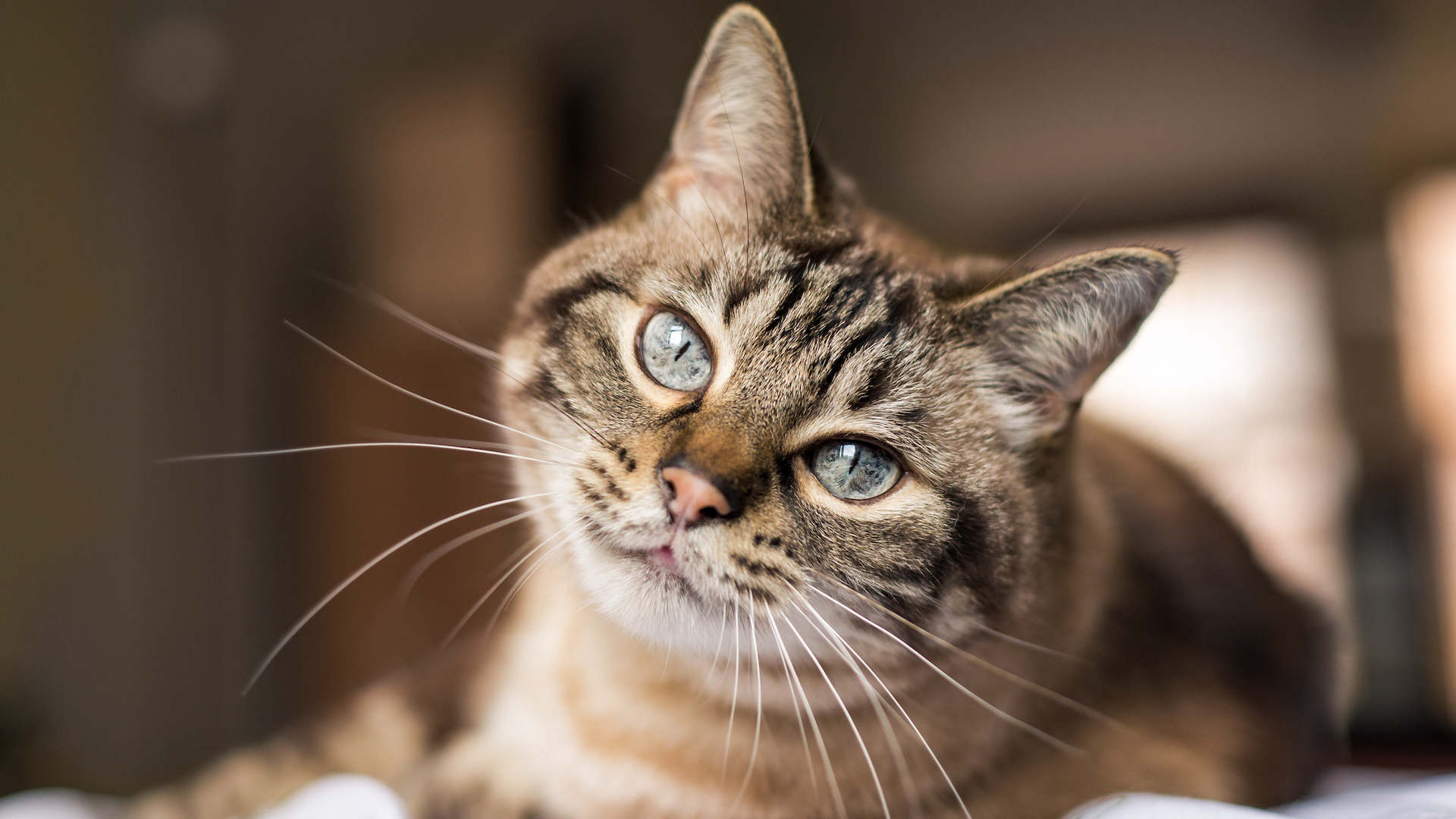
If something’s “the cat’s whiskers”, it’s better than anything. The jury’s out on whether the 24 or so feline whiskers really are superior to other animals’, but they have a finely tuned sensory function, being attached to nerve endings and muscles. Being the same width as a cat’s body, they allow cats to judge distance, and also detect vibrations for discerning their environment and potential prey.
30. Friends in high places
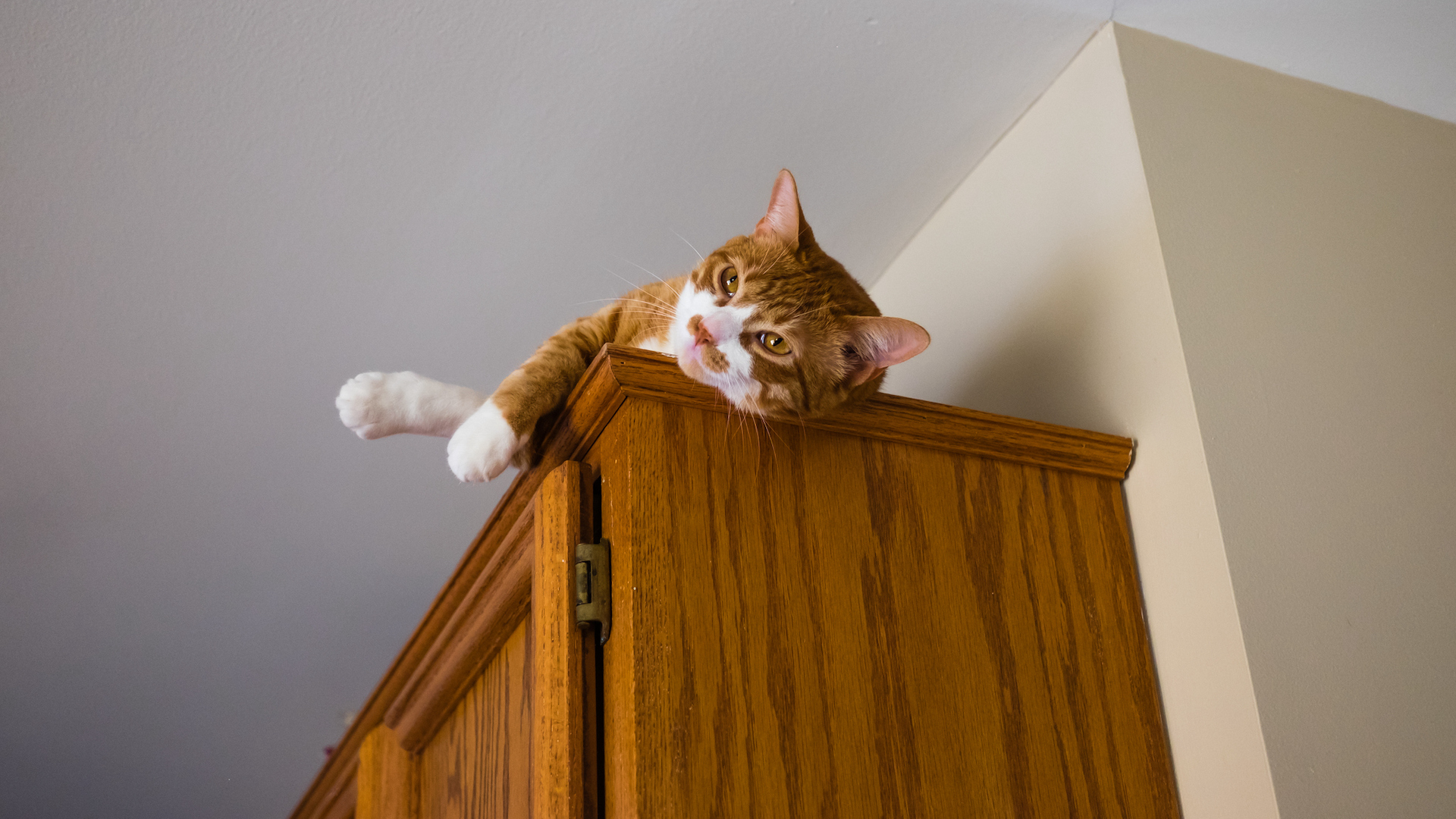
Cats know they are superior, and so naturally gravitate to the highest point in the room. Why look up to lesser mortals when you can look down on them? Countertops and tables are good, but a high shelf is better still.
31. A spring in their step
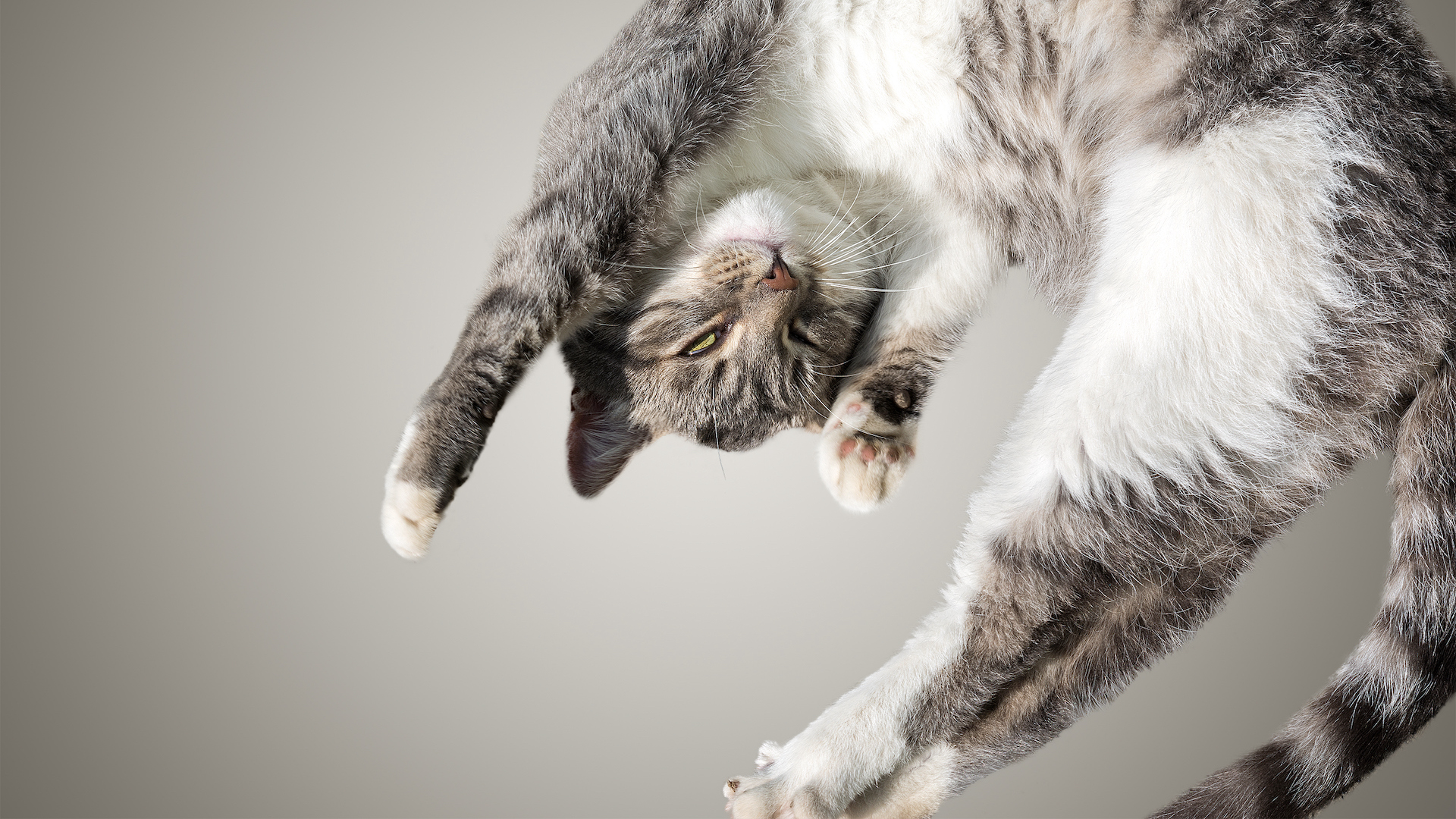
A cat can jump around six times higher than their own height (at shoulders) from a standstill. This is equivalent to 6-8ft, and certainly higher than a lot of garden fences. This spring is what gives them their amazing ability to pounce on undiscerning prey.
32. A simply adorable pet
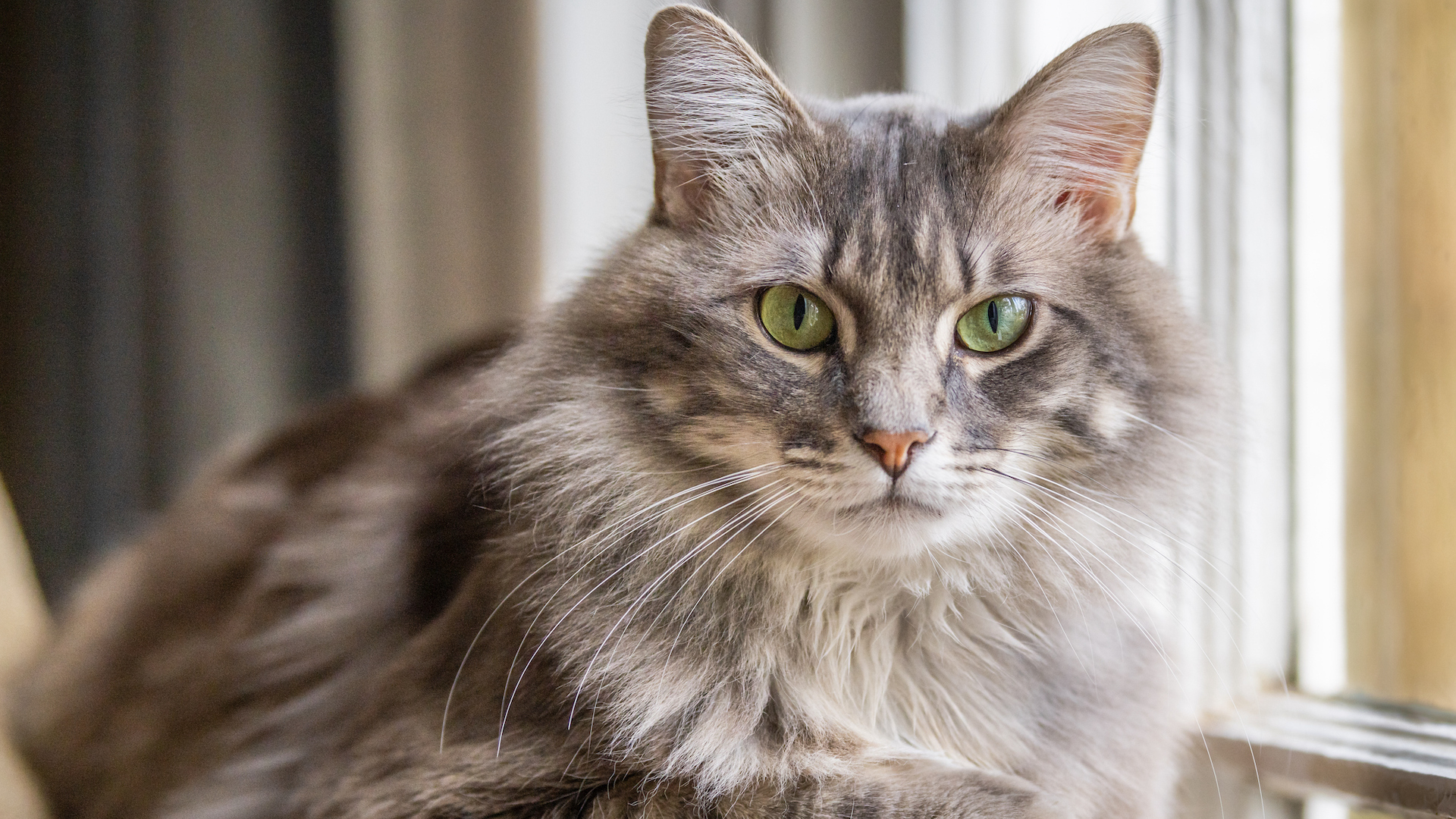
Cats may have their faults, but we‘re blinded by their total adorableness. Fluffy, soft and rounded; intelligent, with big, colorful, beautiful liquid eyes, and deep, rumbly, soothing purrs. This overload of cuteness affects us physiologically, with the orbitofrontal cortex of the brain (decision making) telling us to protect this adorable creature) combining with the nucleus accumbens (pleasure center) releasing dopamine. No wonder cats make us happy.







